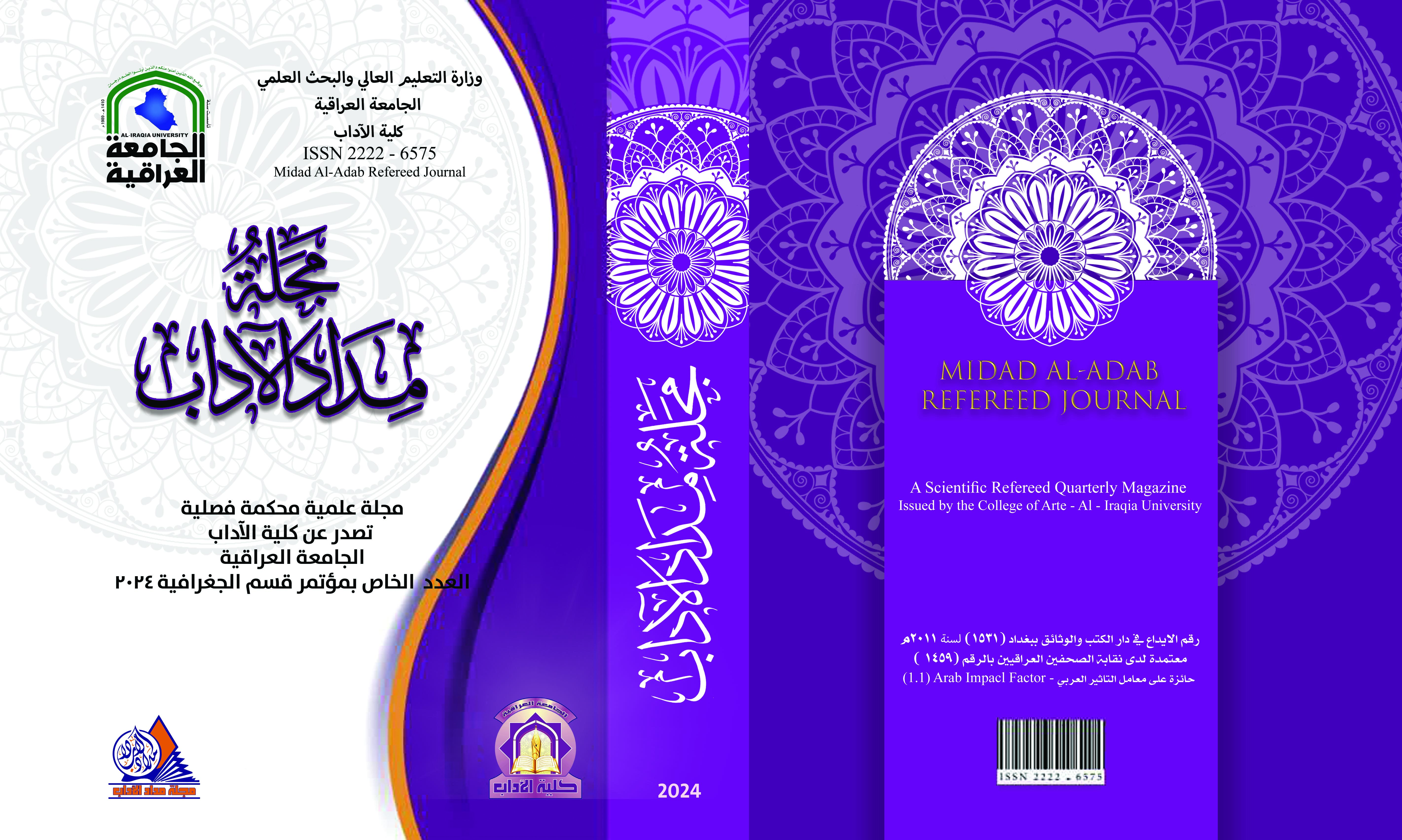(Land cover changes in Dokan District for the period (1980 – 2020) by using modern technologies)
DOI:
https://doi.org/10.58564/ma.v14iالعدد%20الخاص%20بمؤتمر%20قسم%20الجغرافية.1449Keywords:
Keywords: land cover changes, modern technologies.Abstract
The research aims to monitor the change in land cover during the time period (1980-2020) of the Dokan district using remote sensing technology of the LandSat 4-5-7-8 satellite from the US Geological Survey (USGS) using the Arc Gis 10.8 and Erdas 2014 programs. The researcher adopted During it, according to the Anderson classification within the USGS system, the Dokan District, with an area of 82.1482 km2, was studied in two seasons spring and autumn, and the area was classified into six categories (urban or built-up lands, agricultural lands, forests, pastures, water, and barren lands). The results of the study showed the human factor has a major role in causing a change in land cover. The area of urban land changed in 2020 and rose to 93,704 km2 after it occupied an area of 22.1 km2 in 1980. The area of water type also changed negatively in the study area in 2020 to 45,439 km2 after it occupied an area of 66,807 km2 in 1980. It also negatively affected the decline in the area of agricultural land, as it decreased in 2020 to 116.76 km2 after it occupied an area of 247,082 km2. Land cover maps of the study area were also produced.
Downloads
Published
Issue
Section
License

This work is licensed under a Creative Commons Attribution-NonCommercial-NoDerivatives 4.0 International License.








